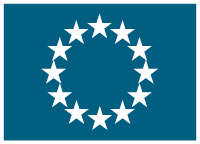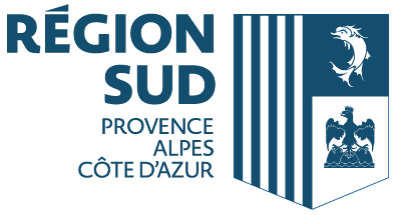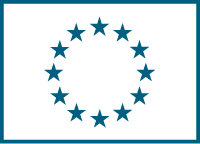Crystal surface simulations
(CRYSURFSIM)
Date du début: 3 janv. 2012,
Date de fin: 2 janv. 2014
PROJET
TERMINÉ
"Crystals exhibit various external morphologies ranging from the dendritic forms of snow crystals, the needle shape of epsom salt or the cubic form of rock salt. Understanding, simulating and influencing the crystal morphology is a major concern in today´s crystal morphology engineering. A widespread problem in industry is the appearance of undesired crystal morphologies giving rise to problems in handling and product-quality, or to such issues concerning the blinding of filters and tubes. Moreover, the design of crystal morphologies has gained an increasing interest within “for example” the pharmaceutical industry or the application of nanotechnology, because influencing the crystal morphology enables the crystal engineer to prepare materials with tailored physical and chemical properties.The morphology of crystals is determined by many parameters, such as crystal structure, surface energy, supersaturation, temperature, pressure and the uptake of impurities. According to this, several methods exist to predict crystal morphologies favouring one of the driving parameters over the other. The aim of the proposed project CRYSURFSIM (crystal surface simulations) is to develop a unified crystal growth model that combines classical crystal growth theories with modern quantum mechanical simulations. Thus the bond valence deficiency model (BVD) developed by the applicant (Mutter, 2007), merging the geometrical crystal growth theories based on Bravais-Friedel-Donnay-Harker together with the bond valence approach of Brown (2002), will be extended by application of the Density Functional Theory (DFT), Molecular Dynamic Simulations (MDS), Lattice Dynamic Simulations (LDS) and Monte Carlo Simulations (MCS). This innovative approach to balance different crystal growth models with atomistic simulations will lead towards a harmonized model, by which crystal surface processes and crystal morphologies can be simulated satisfactorily."
Accédez au prémier réseau pour la cooperation européenne
Se connecter
ou
Créer un compte
Pour accéder à toutes les informations disponibles
Coordinateur
- Renata Schaeffer
- TRINITY LANE THE OLD SCHOOLS CB2 1TN CAMBRIDGE (United Kingdom)
Details
- 100% € 209 092,80
-
 FP7-PEOPLE
FP7-PEOPLE
- Projet sur CORDIS platform



